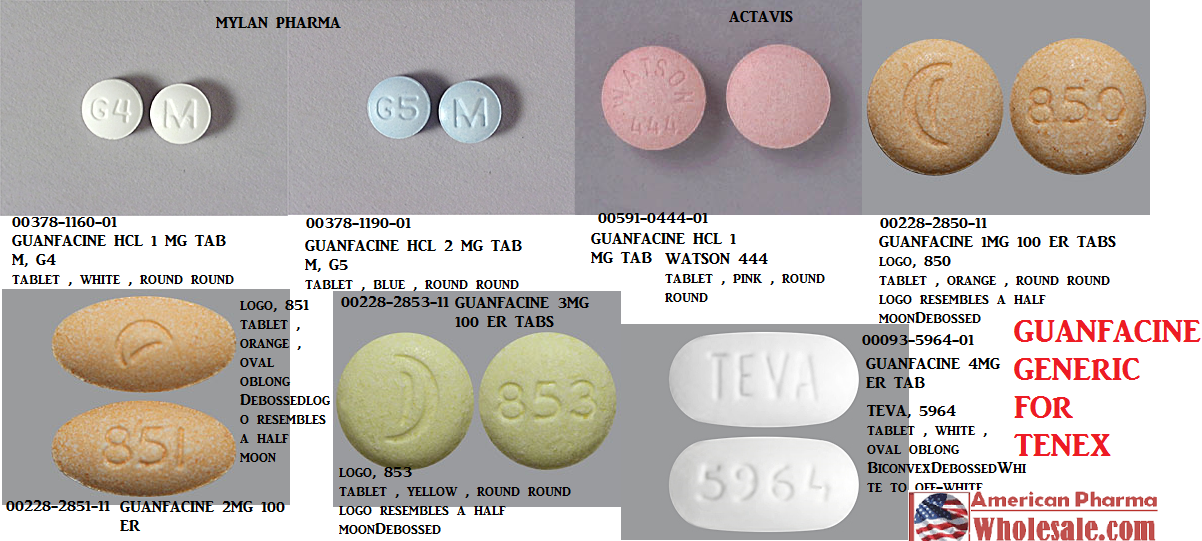“The acute effects of smoked 2 per cent natural marijuana (7 mg per kg) and 15 mg of oral Δ9-tetrahydrocannabinol (THC) on plethysmographically determined airway resistance (Raw) and specific airway conductance (SGaw) were compared with those of placebo in 10 subjects with stable bronchial asthma using a double-blind crossover technique.
After smoked marijuana, SGaw increased immediately and remained significantly elevated (33 to 48 per cent above initial control values) for at least 2 hours, whereas SGaw did not change after placebo. The peak bronchodilator effect of 1,250 µg of isoproterenol was more pronounced than that of marijuana, but the effect of marijuana lasted longer.
After ingestion of 15 mg of THC, SGaw was elevated significantly at 1 and 2 hours, and Raw was reduced significantly at 1 to 4 hours, whereas no changes were noted after placebo.
These findings indicated that in the asthmatic subjects, both smoked marijuana and oral THC caused significant bronchodilation of at least 2 hours’ duration.” http://www.atsjournals.org/doi/abs/10.1164/arrd.1974.109.4.420?url_ver=Z39.88-2003&rfr_id=ori:rid:crossref.org&rfr_dat=cr_pub%3dpubmed



 “The goal of this review is to summarize studies in which concentrations of circulating endocannabinoids in humans have been examined in relationship to physiological measurements and pathological status. The roles of endocannabinoids in the regulation of energy intake and storage have been well studied and the data obtained consistently support the hypothesis that endocannabinoid signaling is associated with increased consumption and storage of energy. Physical exercise mobilizes endocannabinoids, which could contribute to refilling of energy stores and also to the analgesic and mood-elevating effects of exercise. Circulating concentrations of 2-arachidonoylglycerol are very significantly circadian and dysregulated when sleep is disrupted. Other conditions under which circulating endocannabinoids are altered include inflammation and pain. A second important role for endocannabinoid signaling is to restore homeostasis following stress. Circulating endocannabinoids are stress-responsive and there is evidence that their concentrations are altered in disorders associated with excessive stress, including post-traumatic stress disorder. Although determination of circulating endocannabinoids can provide important information about the state of endocannabinoid signaling and thus allow for hypotheses to be defined and tested, the large number of physiological factors that contribute to their circulating concentrations makes it difficult to use them in isolation as a biomarker for a specific disorder.”
“The goal of this review is to summarize studies in which concentrations of circulating endocannabinoids in humans have been examined in relationship to physiological measurements and pathological status. The roles of endocannabinoids in the regulation of energy intake and storage have been well studied and the data obtained consistently support the hypothesis that endocannabinoid signaling is associated with increased consumption and storage of energy. Physical exercise mobilizes endocannabinoids, which could contribute to refilling of energy stores and also to the analgesic and mood-elevating effects of exercise. Circulating concentrations of 2-arachidonoylglycerol are very significantly circadian and dysregulated when sleep is disrupted. Other conditions under which circulating endocannabinoids are altered include inflammation and pain. A second important role for endocannabinoid signaling is to restore homeostasis following stress. Circulating endocannabinoids are stress-responsive and there is evidence that their concentrations are altered in disorders associated with excessive stress, including post-traumatic stress disorder. Although determination of circulating endocannabinoids can provide important information about the state of endocannabinoid signaling and thus allow for hypotheses to be defined and tested, the large number of physiological factors that contribute to their circulating concentrations makes it difficult to use them in isolation as a biomarker for a specific disorder.” 





